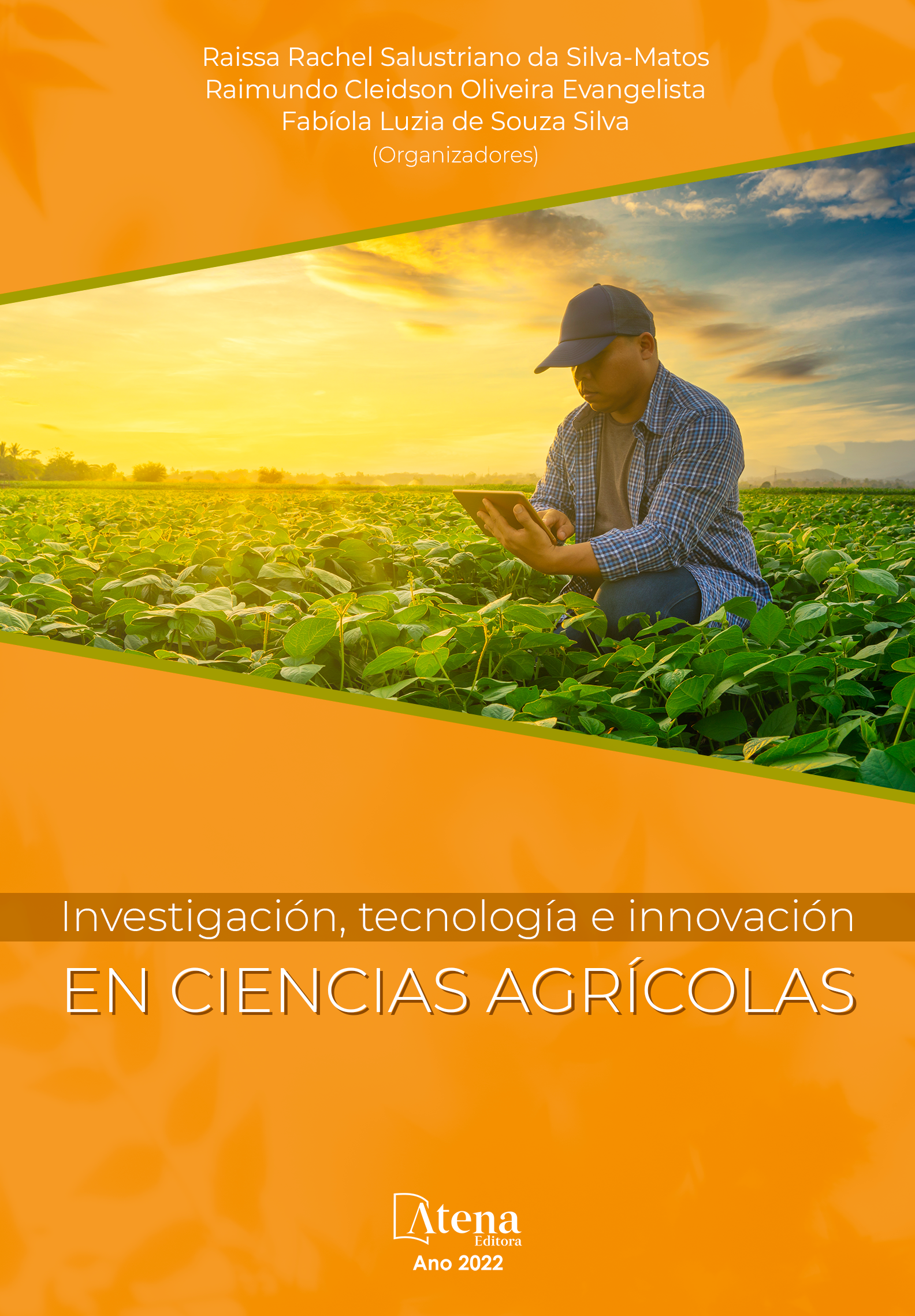
COMPORTAMIENTO MATERNAL DE UNA LÍNEA MATERNAL RESILIENTE DE CONEJOS EN EL CRUCE INDUSTRIAL
Una nueva línea maternal de conejos resiliente seleccionada por variabilidad del tamaño de camada ha sido creada en la Universidad Miguel Hernández de Elche (línea A). En cunicultura, el gazapo de engorde se obtiene del cruzamiento entre líneas maternales con líneas paternas seleccionadas por caracteres de crecimiento. El objetivo de este trabajo es comparar el tamaño de camada y los caracteres ponderales de los gazapos al predestete en animales de la línea A y en animales cruzados. Un total de 156 conejas de la línea A fueron utilizadas. Las hembras fueron apareadas con machos de la misma línea A y machos de una línea seleccionada por velocidad de crecimiento para obtener los gazapos cruzados. Los caracteres estudiados fueron el número de gazapos nacidos totales y vivos al nacimiento y a los 21 días. El peso de la camada total y la de los gazapos vivos al nacimiento y a los 21 días de edad, también se calculó el peso individual. Los análisis estadísticos se realizaron con metodología bayesiana. El tamaño de camada y el peso individual de los gazapos fue similar en ambos grupos de animales. Sin embargo, el peso de la camada fue superior para los animales cruzados tanto para el total de la camada con una diferencia de 29 g (P=0.99) como para la camada nacida viva (46 g; P=0.99). El peso de la camada a los 21 días tiende a ser superior en los animales cruzados (112g; P=0.86). En conclusión, el cruzamiento de la línea maternal resiliente con machos de una línea de crecimiento mejora los caracteres ponderales de la camada desde el nacimiento a los 21 días de edad.
COMPORTAMIENTO MATERNAL DE UNA LÍNEA MATERNAL RESILIENTE DE CONEJOS EN EL CRUCE INDUSTRIAL
-
DOI: 10.22533/at.ed.1342230034
-
Palavras-chave: conejo, cruzamiento, peso de la camada, prolificidad, resiliencia.
-
Keywords: rabbit, crossbreeding, litter weight, prolificacy, resilience.
-
Abstract:
A new maternal line of resilient rabbits selected for variability in litter size has been created at the Miguel Hernández University of Elche (line A). In rabbit farming, the fattening kitten is obtained from the crossing between maternal lines with paternal lines selected for growth traits. The objective of this work is to compare the litter size and the weight characters of the kits at pre-weaning in line A animals and in crossbred animals. A total of 156 rabbits from line A were used. The females were mated with males of the same line A and males of a line selected by growth speed to obtain the crossed kits. The characters studied were the number of kits born total and alive at birth and at 21 days. The weight of the total litter and that of the live kits at birth and at 21 days of age, the individual weight was also calculated. Statistical analyzes were carried out with Bayesian methodology. The litter size and individual weight of the kits was similar in both groups of animals. However, litter weight was higher for crossbred animals both for the total litter with a difference of 29 g (P = 0.99) and for the live-born litter (46 g; P = 0.99). Litter weight at 21 days tends to be higher in crossbred animals (112g; P = 0.86). In conclusion, the crossing of the resilient maternal line with males of a growth line improves the weight characteristics of the litter from birth to 21 days of age.
-
Número de páginas: 8
- María Martínez-Albert
- María José Argente Carrascosa
- María de la Luz García
- Maria Jose Argente


